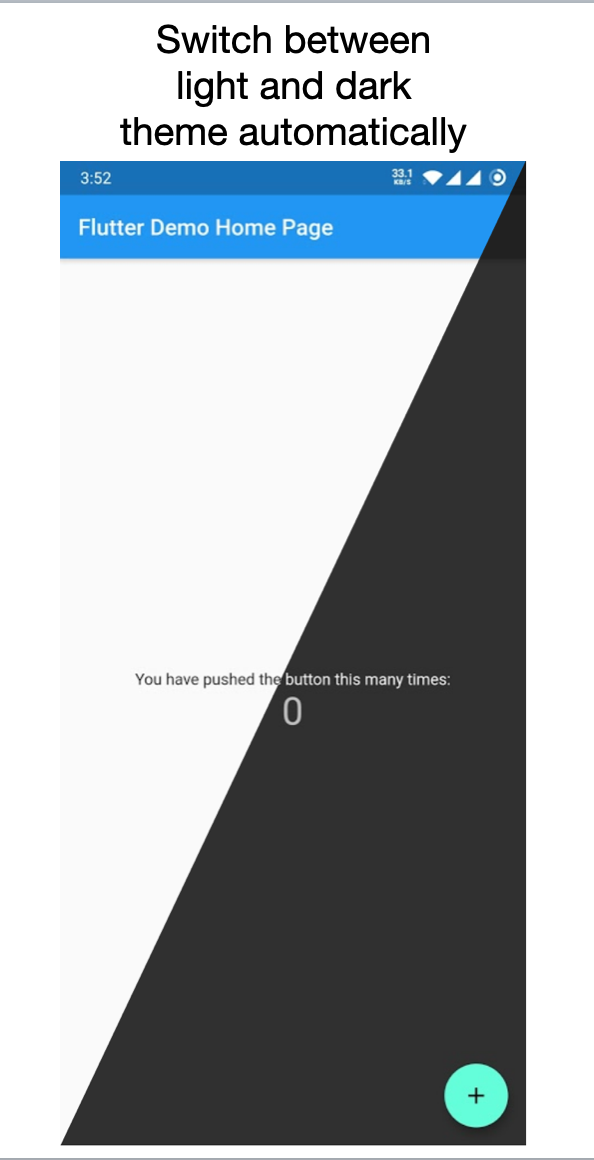We’ll look at how to run code in a flutter after a delay in this tutorial. In-app development, sometimes it is critical to execute code after a certain amount of time has passed. Hopefully, this post will assist you in resolving that issue. Companies like Flutter Agency are one of the leading Flutter app development agency in United States.
After hours of deep research, we have enlisted many popular solutions to run code after the delay in the flutter mobile app development company.
- Timer
- Future.delayed
- microtasks
Events
In Flutter, this is the default method for scheduling a delayed job. When we schedule an event, we place it in the event queue, where the Event Loop will collect it. Flutter is a very popular technology and many companies prefer to hire Flutter developers for their custom mobile application development solutions, as this technology is slightly adopted by many popular industries, the demands for its relatable widgets are also increased. Many Flutter mechanisms, including I/O, gesture events, timers, and so on, use this method.
Timer
In Flutter, the Timer forms the framework for delayed operations. It’s used to delay or not postpone the execution of code in the event queue. As a result, your Timer will not be executed if the queue is congested, even if time has expired.
@override
voidinitState() {
super.initState();
Timer(Duration(seconds: 5), () {
print(‘Hello’);
});
}
A countdown timer with the option of firing once or several times. The Timer starts at the set duration and counts down to zero. When the Timer hits zero, the callback function is invoked. Use a periodic timer to count the same interval again and over again.
A negative duration is considered as if it were zero. So, for example, consider using run if the duration is known to be 0. The duration is frequently either a fixed variable or computed, like in the given an example (which makes use of the Duration class’s multiplication operator):
Future.delayed
This feature is Flutter’s most well-known and widely utilized feature. However, if you peek behind the hood, you’ll find nothing but a wrapper for the Timer, which may be exclusive.
factoryFuture.microtask(FutureOr<T> computation()) {
_Future<T> result = new _Future<T>();
scheduleMicrotask(() {
try {
result._complete(computation());
} catch (e, s) {
_completeWithErrorCallback(result, e, s);
}
});
return result;
}
Generates a future that performs its computation once a certain amount of time has passed.
After the specified time has passed, the calculation will be carried out and completed in the future with the outcome of the computation.
If calculation yields a future, the value or error of that future will be filled in by the future returned by this function Object() { [native code] }.
If the duration is zero or smaller, it will finish once all microtasks have been completed in the next event-loop iteration.
If computation is omitted, the future will be filled with the null value as if computation was () => null. So it has to be nullable in that situation. If the computation being executed throws an error, the constructed future will finish with the error.
Microtasks
As mentioned earlier, all scheduled microtasks run before the next scheduled event. We recommend that you avoid this queue unless you need to run your code asynchronously, but run it before the next event from the event queue.
This queue completes before the next event, so you can think of it as a queue for tasks that belong to the previous event. Overloading this queue can cause the application to freeze because it must do everything in this queue before the application can continue to the next iteration of the event queue. You can also process user input or render the application itself.
Still, the options are:
scheduleMicrotask
As the name implies, schedule a code block in the microtask queue. Similar to timers, the application crashes when a problem occurs. The global scheduleMicrotask delegates to the scheduleMicrotask in the current zone. The root zone implementation interacts with the underlying system to schedule specific callbacks as microtasks.
Custom zones can intercept this operation (for example, include the specified callback) or implement their microtask scheduler. In the latter case, you typically use the parent zone’s ZoneDelegate.scheduleMicrotask to connect to an existing event loop.
Future<T>.microtask
This process is also similar to the ones we have learned previously. However, this process includes wrapping the microtask in a try-catch and then returning the result or error in a simplified manner.
In the first step, it creates a future that consists of the computation result with schedulemicrotask. Then, the returning future is completed with a thrown error in case of computation throws while execution.
If the called calculation returns a Future, the generated future will complete after the returned future has been completed, with the same outcome. If the call to calculation returns a value that is not a future, the returned future is filled in with that value.
Conclusion
Now that we’ve covered so much ground, you can make an informed decision about how to arrange your code. Use addPostFrameCallback as a general rule whenever you need your context or something related to Layout or UI.
In other cases, using FutureT> or FutureT>.delayed in a regular event queue should suffice. The microtask queue is a highly specific concept you’ll rarely encounter, but it’s still worth understanding. Finally, if you have a time-consuming activity, you’ll want to create an Isolate, which, as you might expect, will be transmitted via the event queue. You can also check the agencies proficient in Flutter technology.

